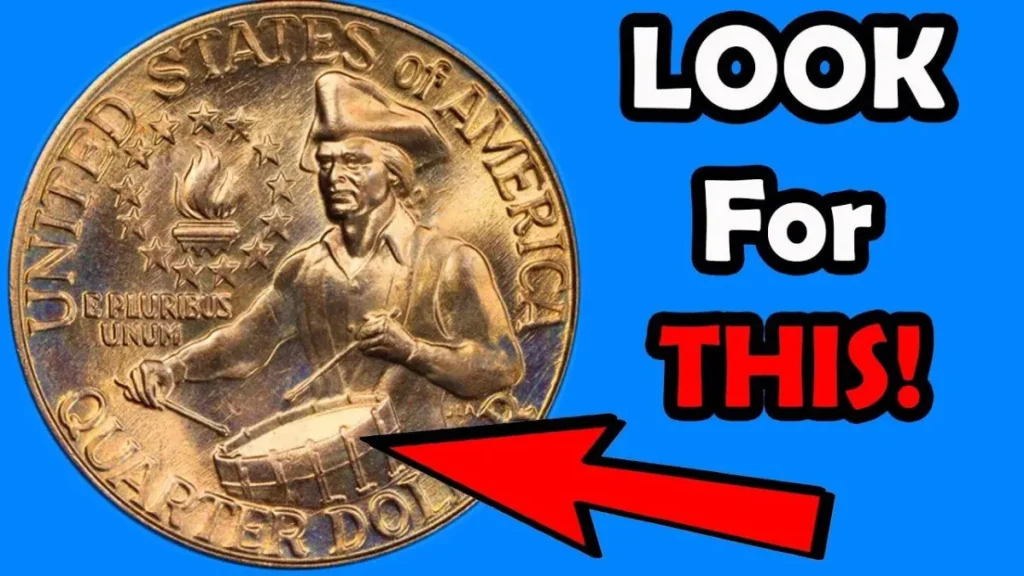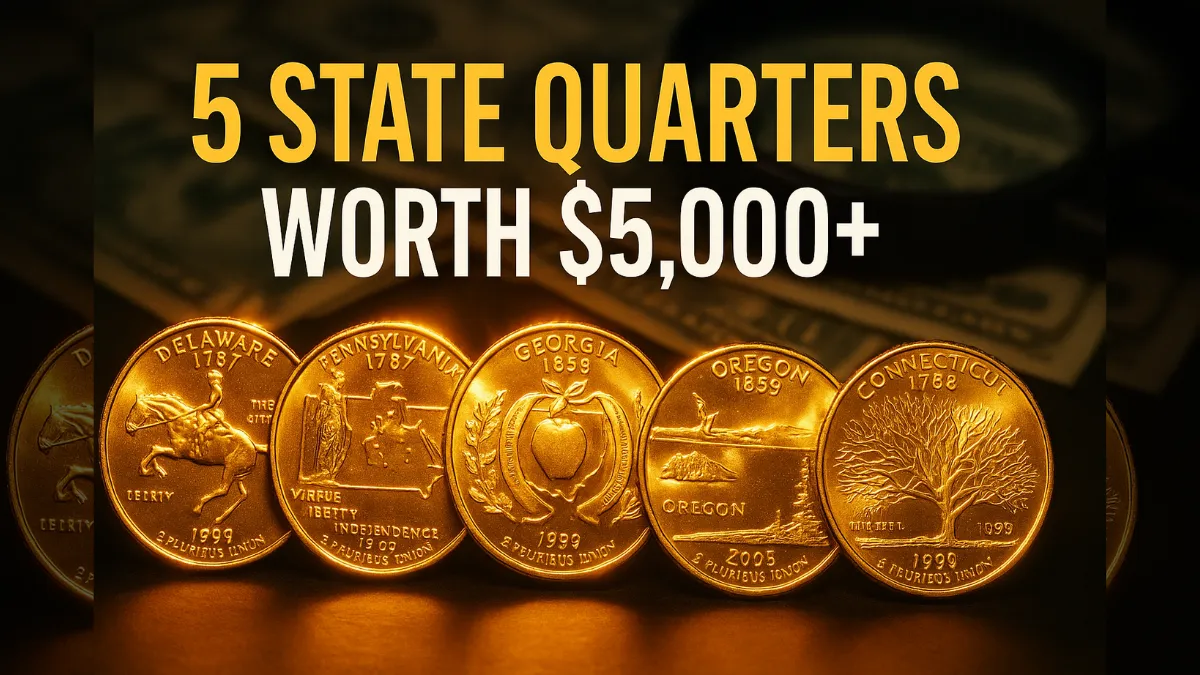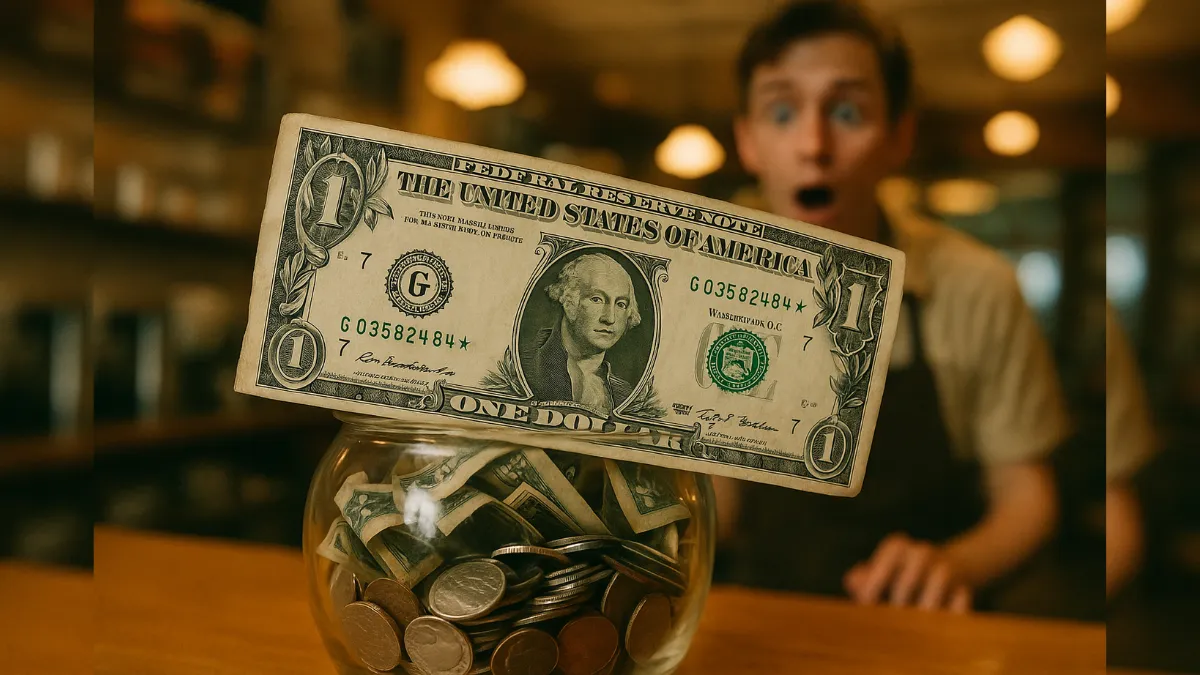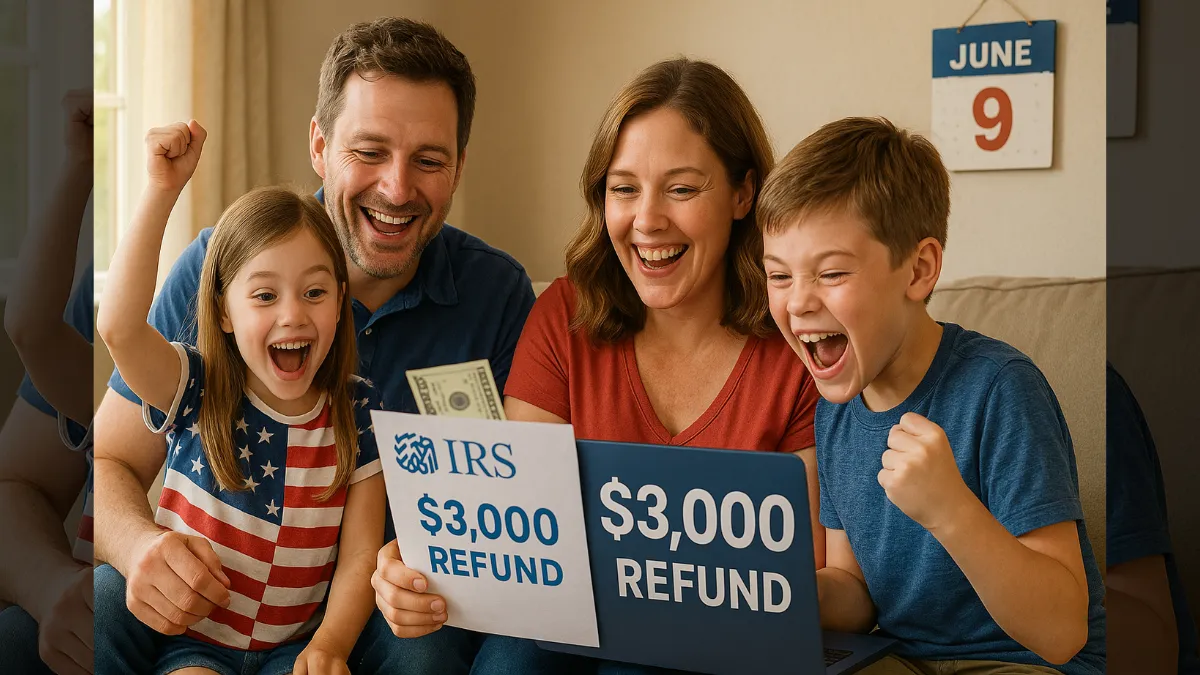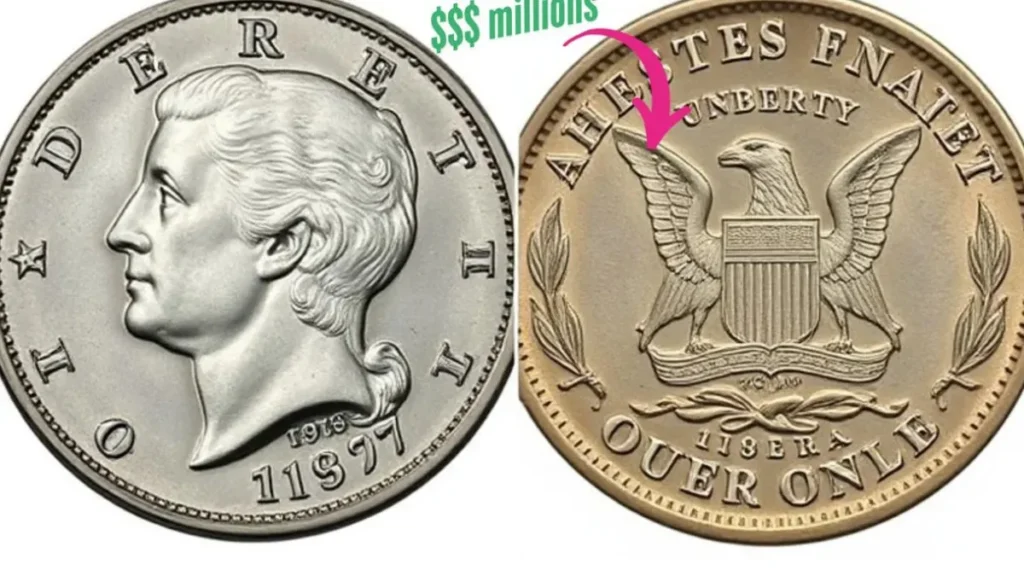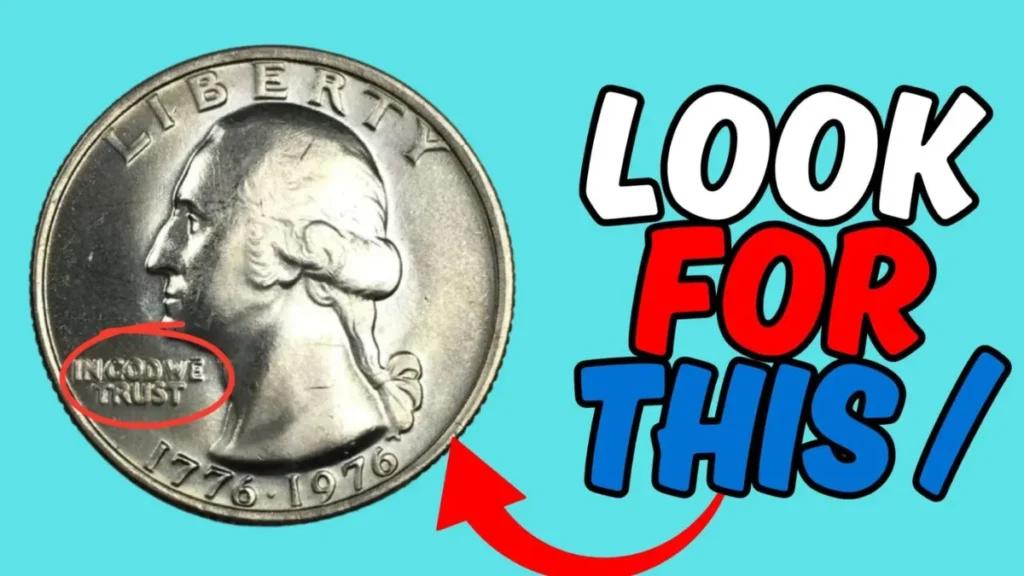The Rare Bicentennial Quarter Valued at $1 Million
Let’s be honest—most people never pay attention to the quarters they carry around. But what if one of those ordinary coins could be worth thousands—or even a million dollars? It might sound far-fetched, but it’s true.
There’s one unique coin that’s causing a stir among collectors: the 1976 Bicentennial Quarter. Originally released to celebrate the United States’ 200th birthday, this commemorative quarter is more than just a patriotic memento—it could be your lucky ticket to an unexpected financial surprise.
A Quarter Like No Other
In 1976, to mark 200 years of American independence, the U.S. Mint issued a series of special coins, with the quarter standing out among them. It still featured George Washington’s familiar portrait on the front, but with a significant difference: instead of a single year, it bears the dual date “1776–1976.”
Turn it over and you’ll find a design unlike regular quarters—a colonial drummer beside a torch, encircled by thirteen stars for each of the original colonies. It’s a true celebration of American heritage that stands out in any collection.
These quarters were produced in three different U.S. Mint facilities:
- Philadelphia (no mint mark)
- Denver (D mint mark)
- San Francisco (S mint mark, with silver and proof editions)
- A fun historical tidbit—the reverse design wasn’t assigned internally. It was the result of a national competition, ultimately created by artist Jack L. Ahr, giving the public a hand in shaping a piece of history.
Why Some Bicentennial Quarters Are Worth Big Bucks
Now, here’s where things get interesting—not every Bicentennial Quarter is valuable. While most are still worth only 25 cents, a few rare versions have fetched huge prices, with one rumored to have sold for a million dollars.
So what makes these quarters so special? One major factor is minting errors, like double imprints or misaligned images, which make them highly desirable. Another is condition—uncirculated coins in pristine shape can be worth hundreds. And let’s not forget the 40% silver versions minted in San Francisco, which are especially collectible.
What’s a Bicentennial Quarter Worth Today?
Wondering what your Bicentennial Quarter could fetch today? Here’s a general overview. Coins that have circulated normally usually sell for just $0.25 to $0.50. That said, coins in uncirculated condition—those that look untouched since minting—can sell for $100 or more, depending on the grade.
The 40% silver versions are often valued between $10 and $50. If you come across an error coin, though, things change dramatically—those can sell for several thousand dollars. One exceptional specimen with a unique flaw reportedly sold for a staggering $1 million.
Are They Still in Circulation?
Absolutely. Although production of these quarters ended decades ago, millions of them are still out there, quietly changing hands in everyday transactions. You could find one in pocket change, in an old coin jar, or tucked away inside a piggy bank you haven’t checked in years.
These coins remain legal tender and continue to circulate, meaning it’s entirely possible to stumble upon one in the most unexpected places—even at the checkout counter of your local grocery store.
How to Spot a Valuable One
If you’re ready to search for a potentially rare Bicentennial Quarter, here are some quick identification tips. First, examine the coin’s edge—if it’s solid silver in color and lacks the usual copper stripe, it may be a 40% silver version.
Next, look closely for the “S” mint mark, indicating it was produced in San Francisco and possibly part of a silver or proof set. A magnifying glass can help detect any errors like double printing or off-center designs. Also, weigh the coin—a silver version weighs about 5.75 grams, slightly more than a regular one. And if you find one that looks promising, store it in a coin sleeve or protective case to preserve its potential value.
Final Thoughts: Treasure in Your Pocket?
The 1976 Bicentennial Quarter is more than just currency—it’s a piece of American legacy. While most of these coins are still only worth 25 cents, a handful have become coveted treasures, worth hundreds, thousands, or even more. It’s a reminder that incredible value can sometimes be hidden in plain sight.
So, the next time you receive change, take a moment to inspect your quarters. You might just be holding a small but mighty piece of history—and possibly a rare find that could bring an exciting financial reward. Even if not, coin collecting can be a surprisingly rewarding and educational hobby.
FAQs
How can I tell if my Bicentennial Quarter is silver?
Check the coin’s edge. If it’s solid silver without a copper stripe and weighs around 5.75 grams, it could be a 40% silver version.
What does the “S” mint mark mean on these coins?
An “S” mint mark means the coin was made in San Francisco, and it’s often part of a proof or silver set meant for collectors.
Are Bicentennial Quarters still accepted as money?
Yes, all Bicentennial Quarters remain legal tender and can be used like any other 25-cent piece, even decades after being minted.
What’s the easiest way to check for rare errors?
Use a magnifying glass to inspect the coin closely. Look for doubled letters, off-center images, or any unusual printing mistakes.
Matthew K. Ayers is a seasoned finance writer with a sharp eye for market trends and economic insights. With a background in financial analysis and a passion for simplifying complex topics, he crafts clear, actionable content to help readers make smarter money decisions. From personal finance to global markets, Matthew delivers trustworthy advice with clarity and precision.
